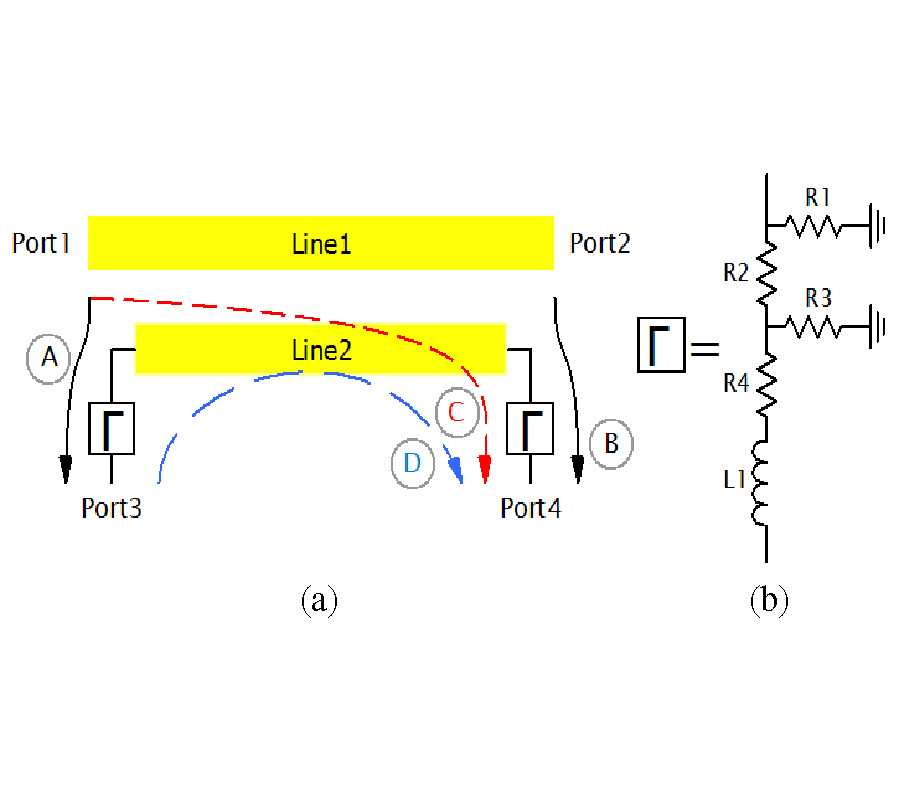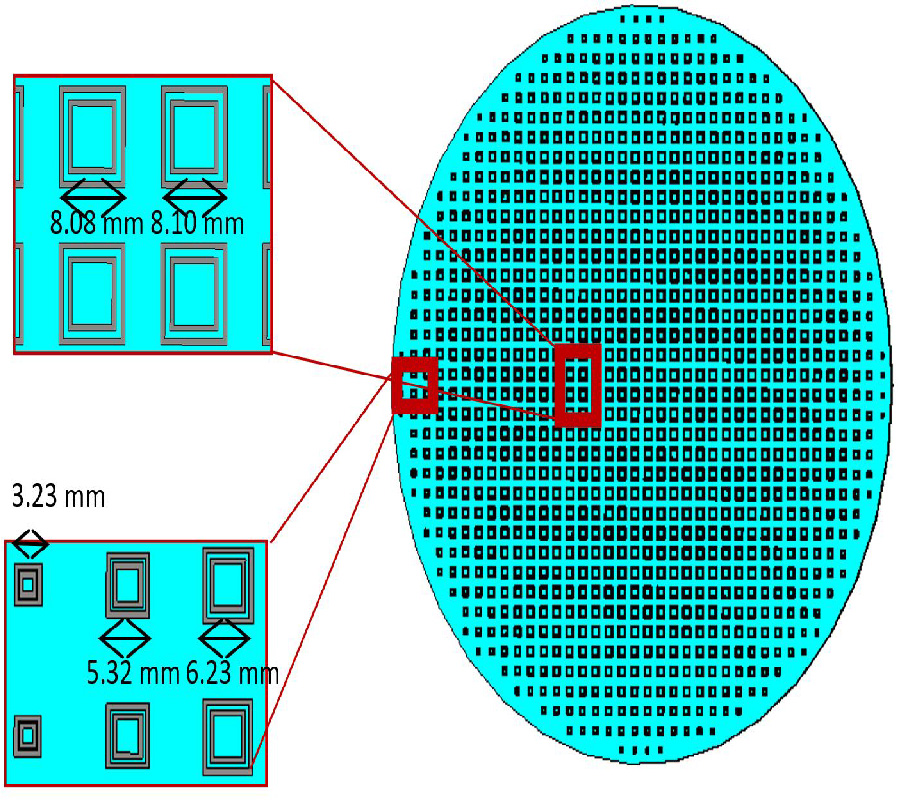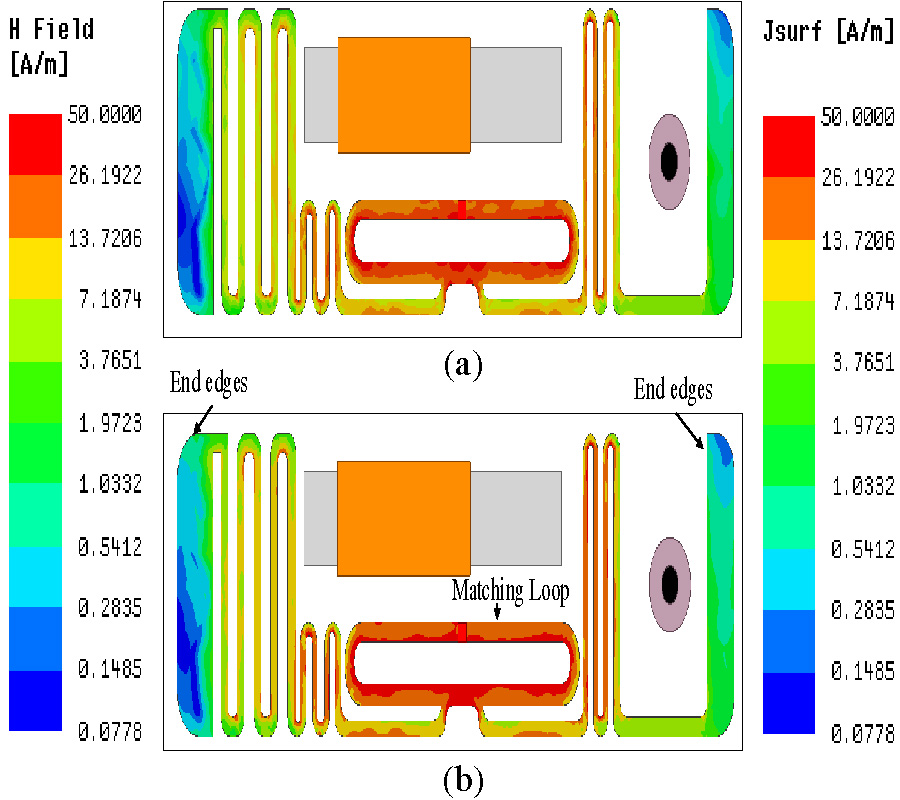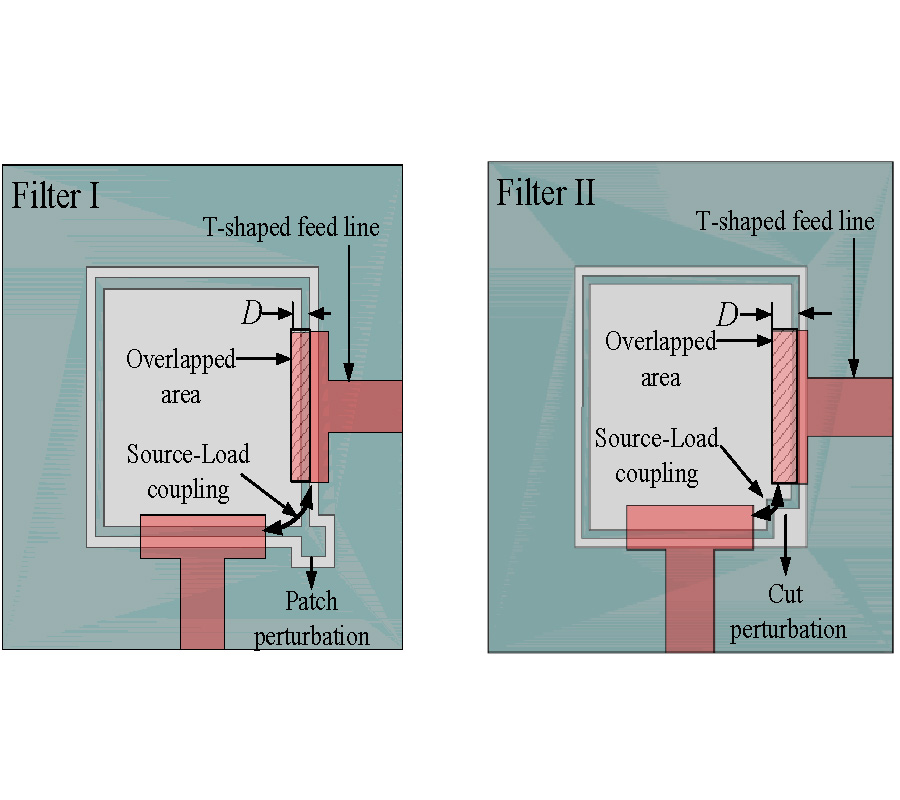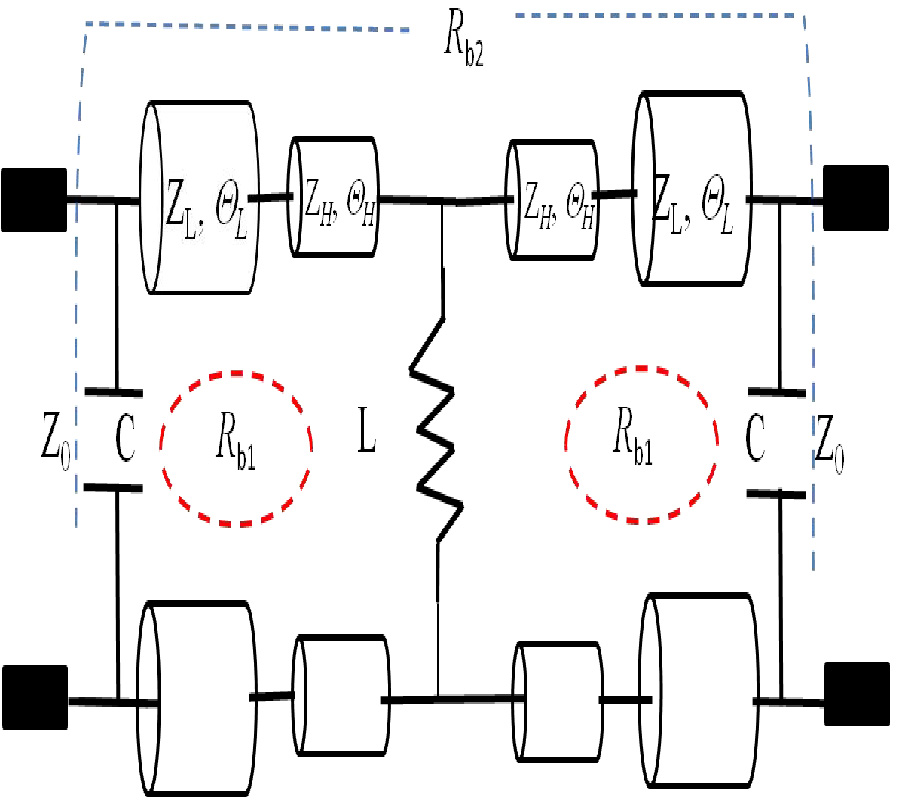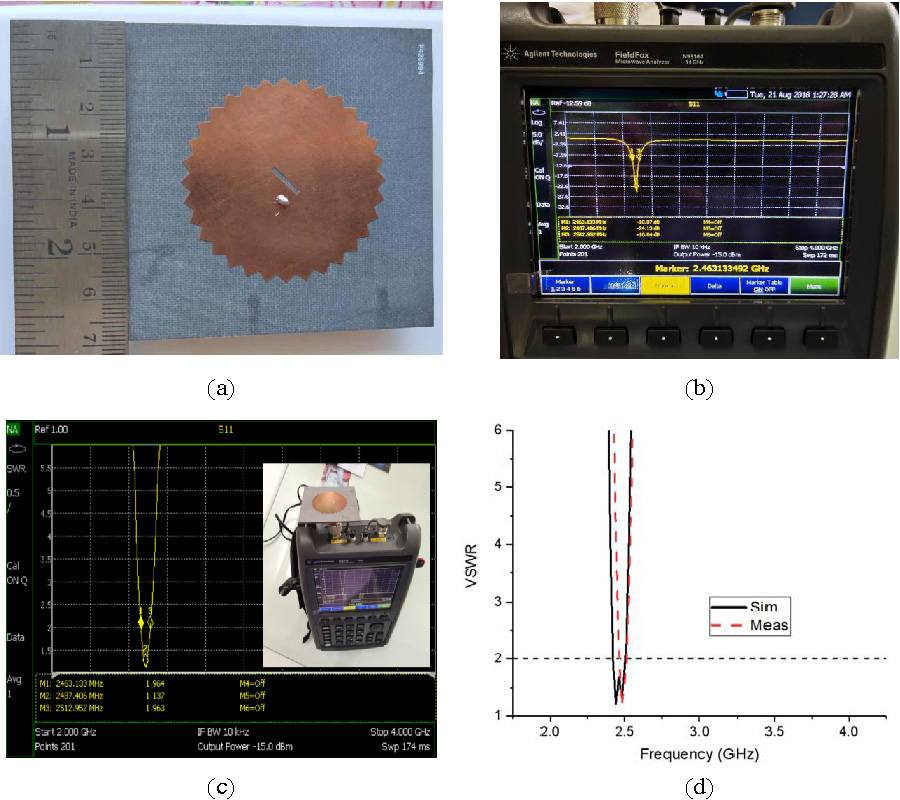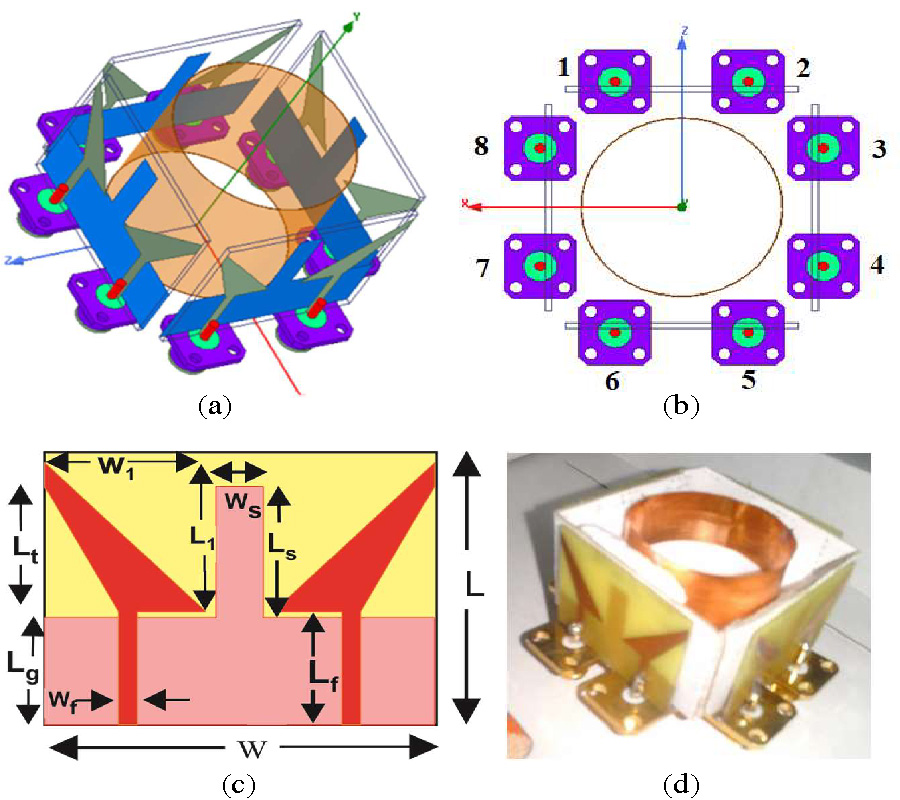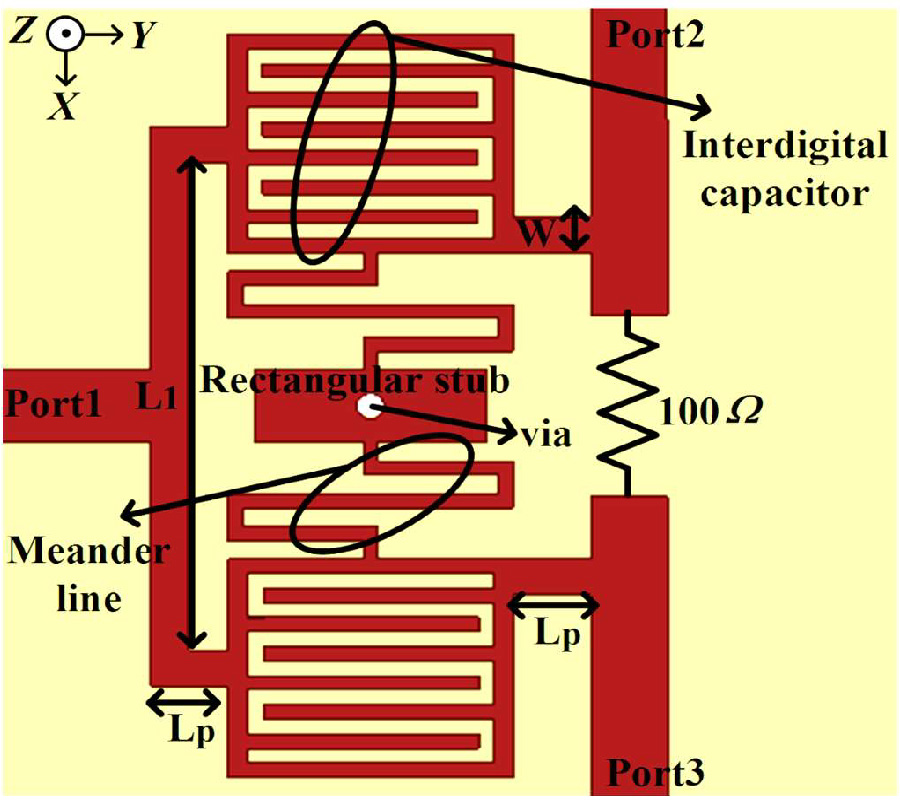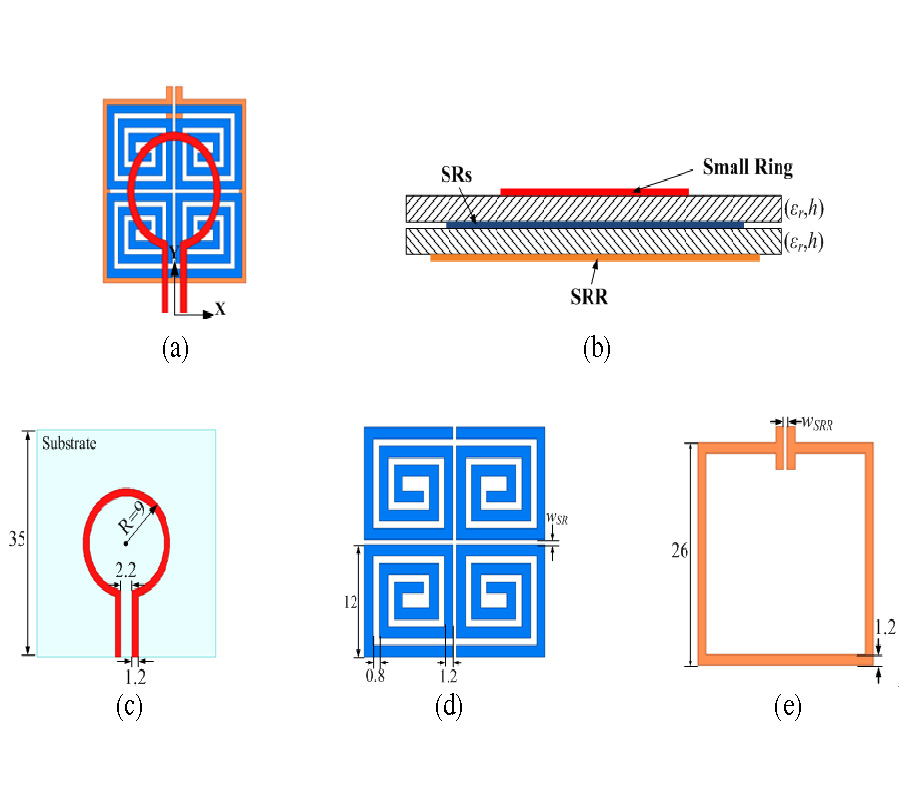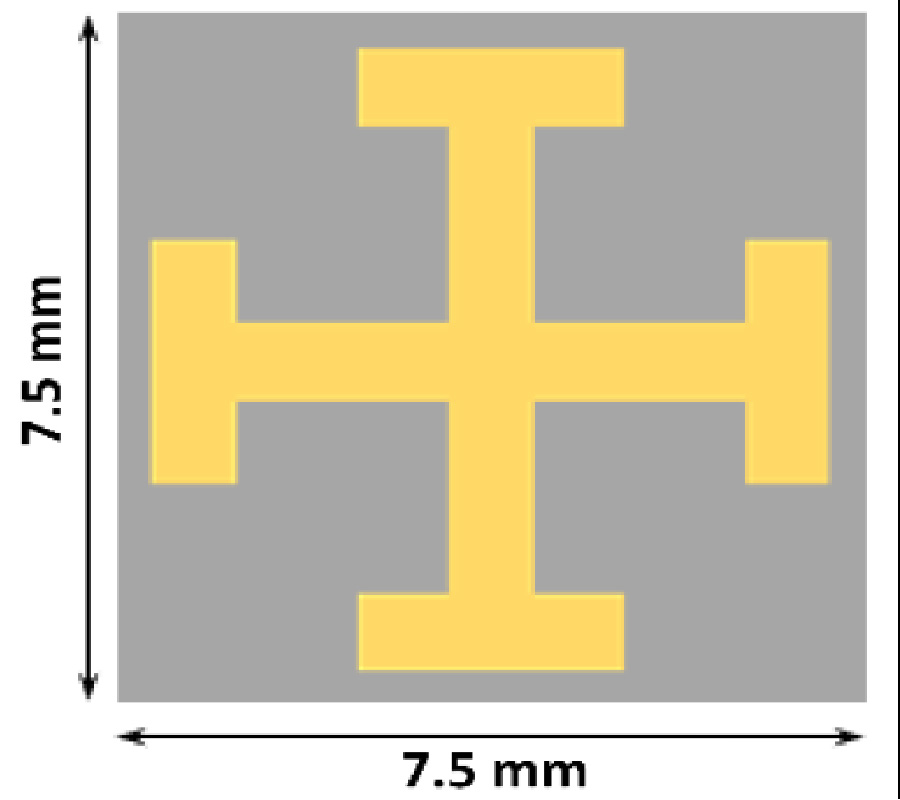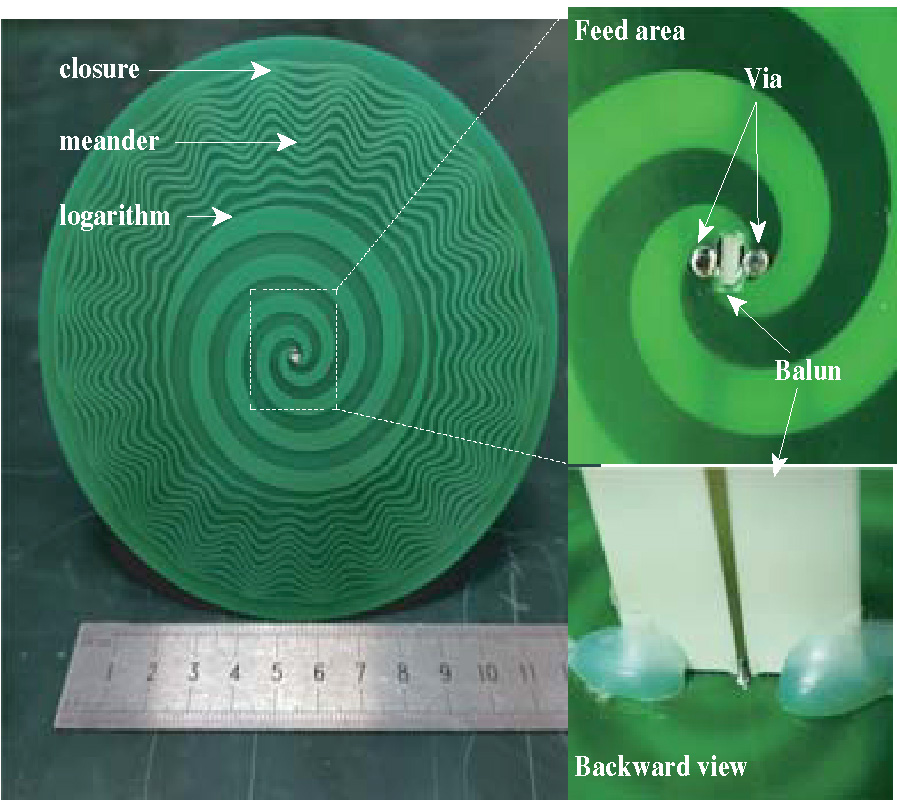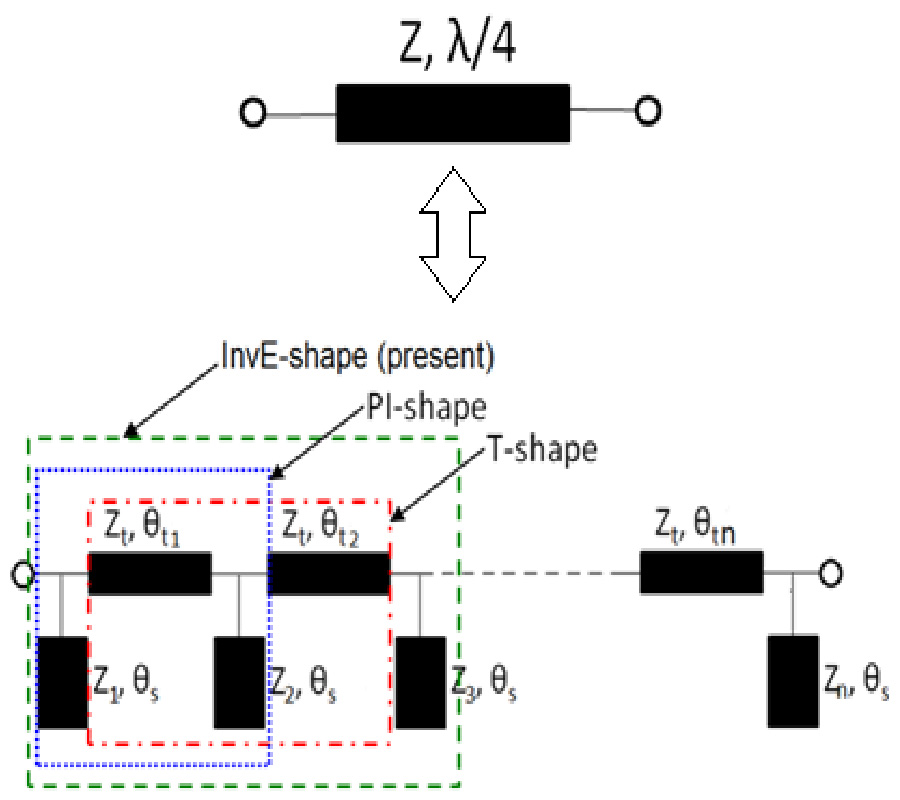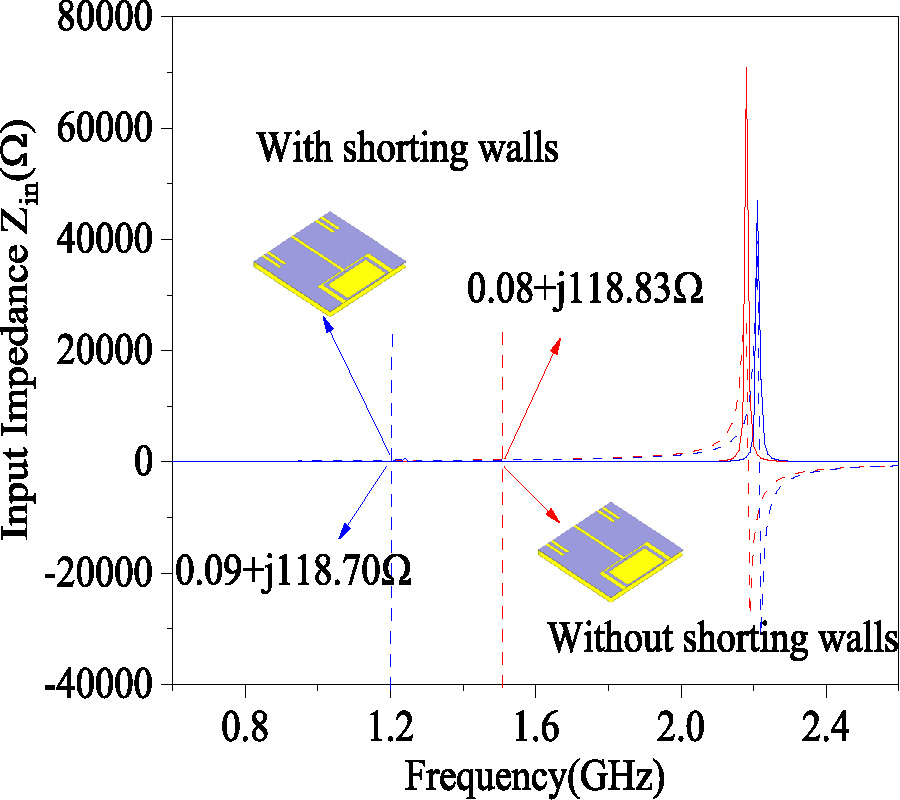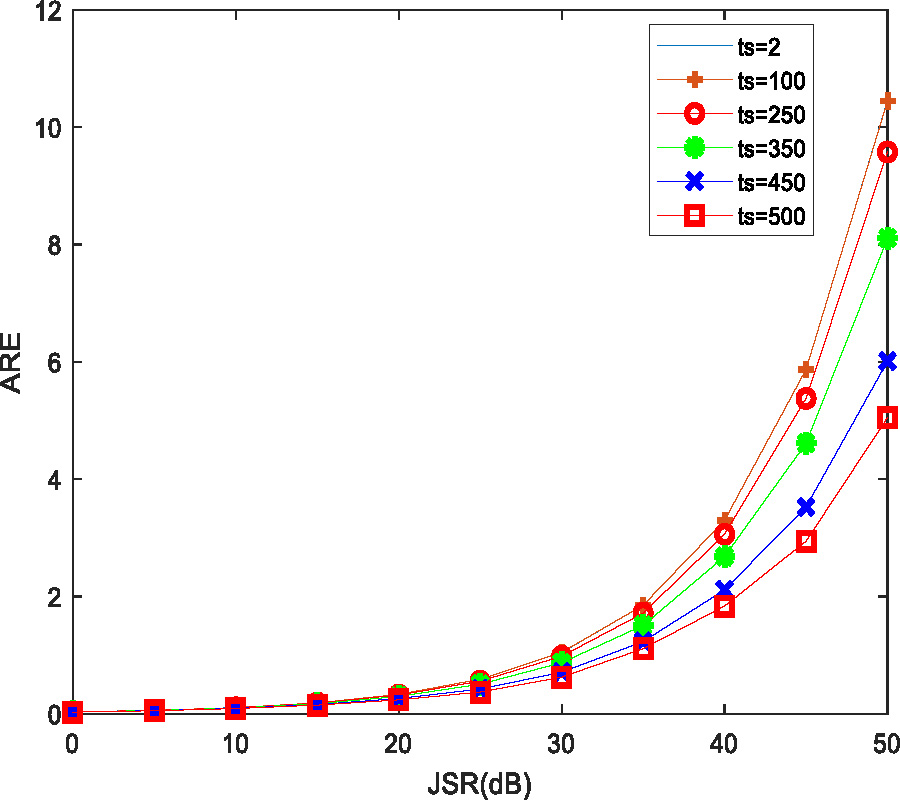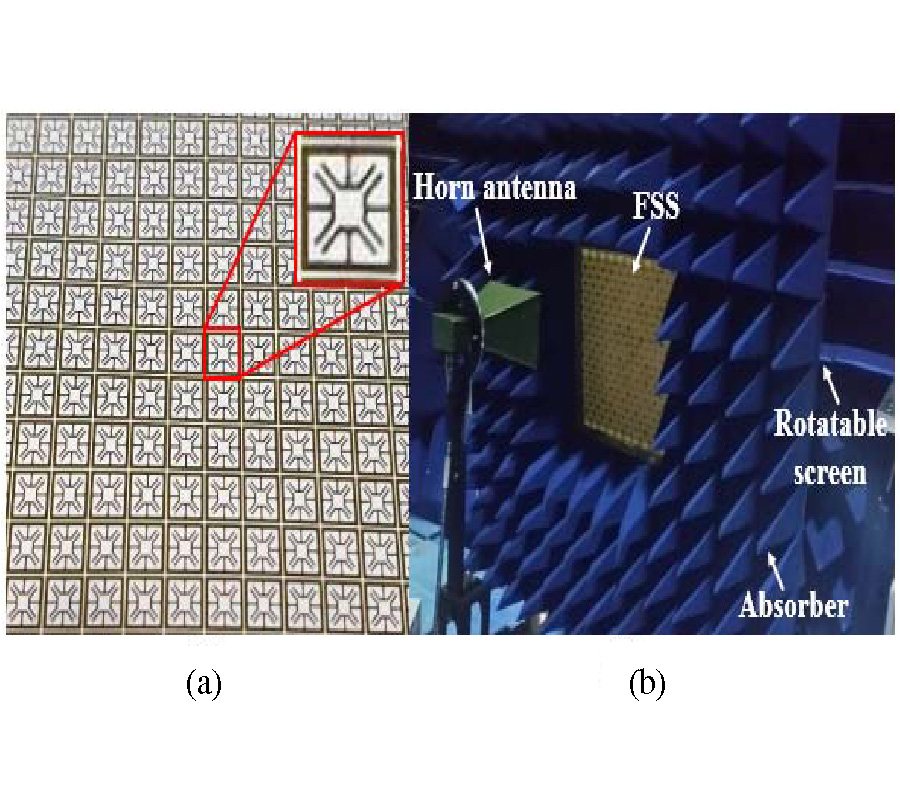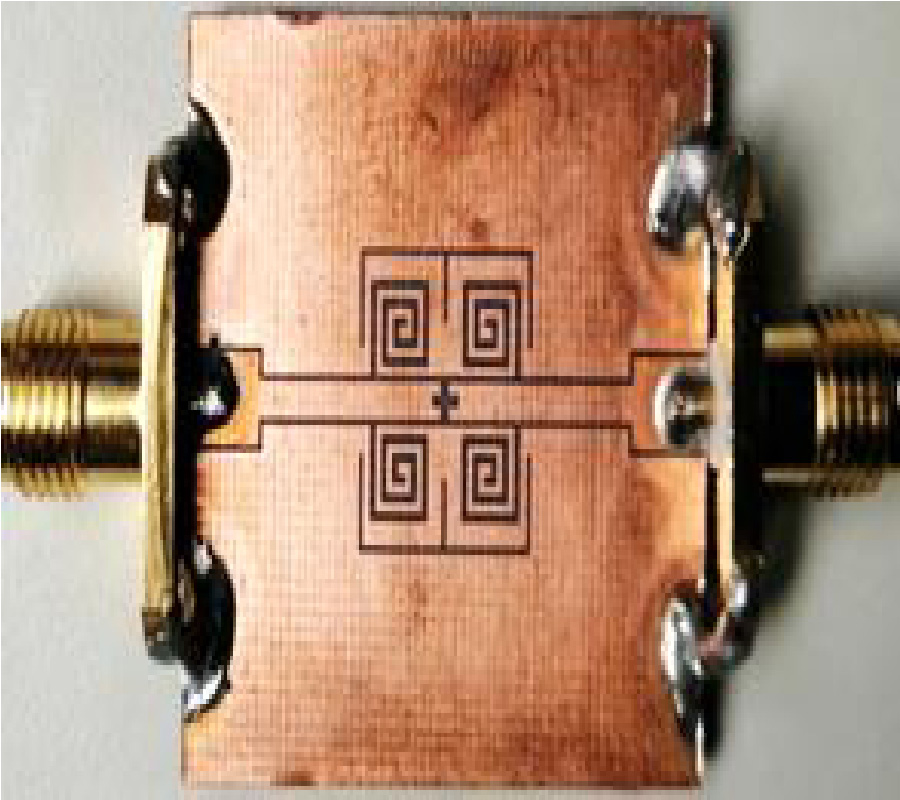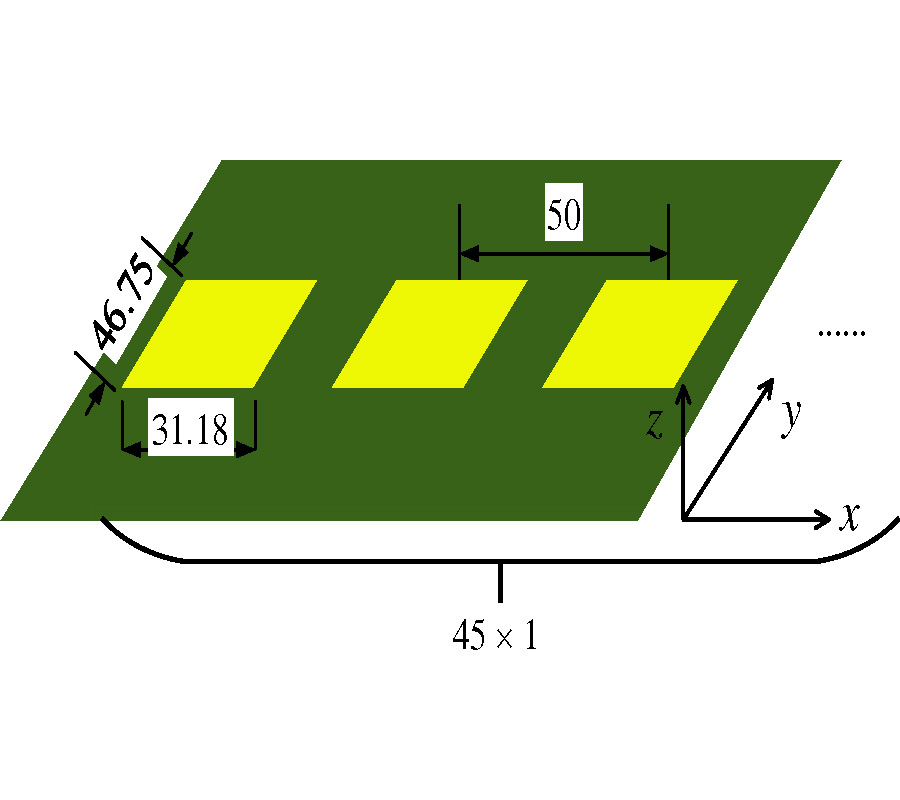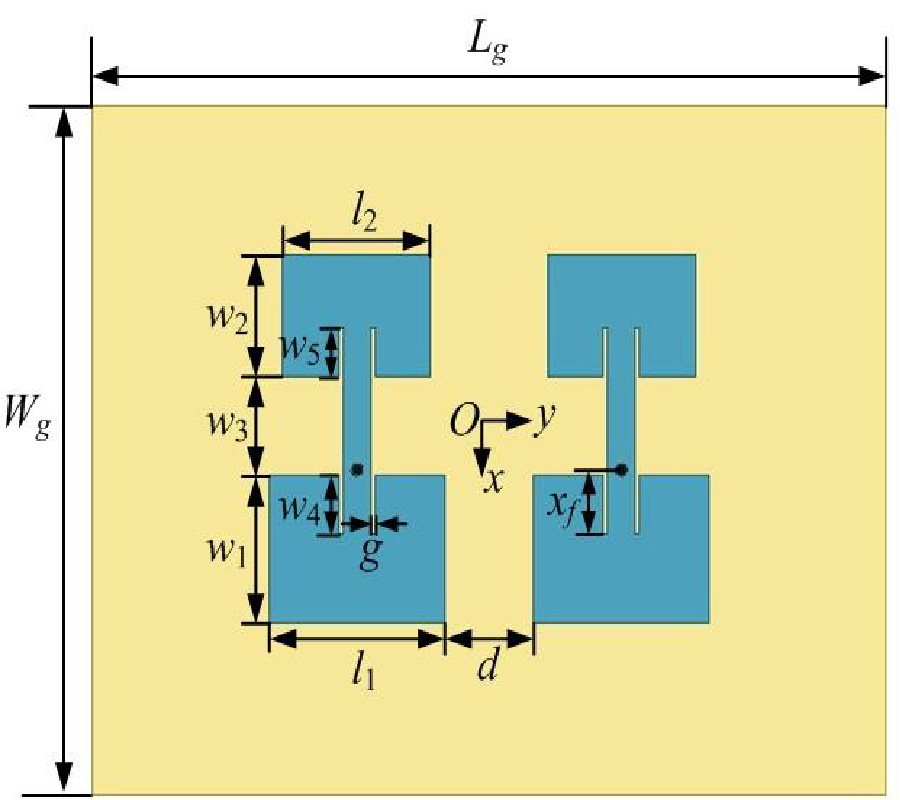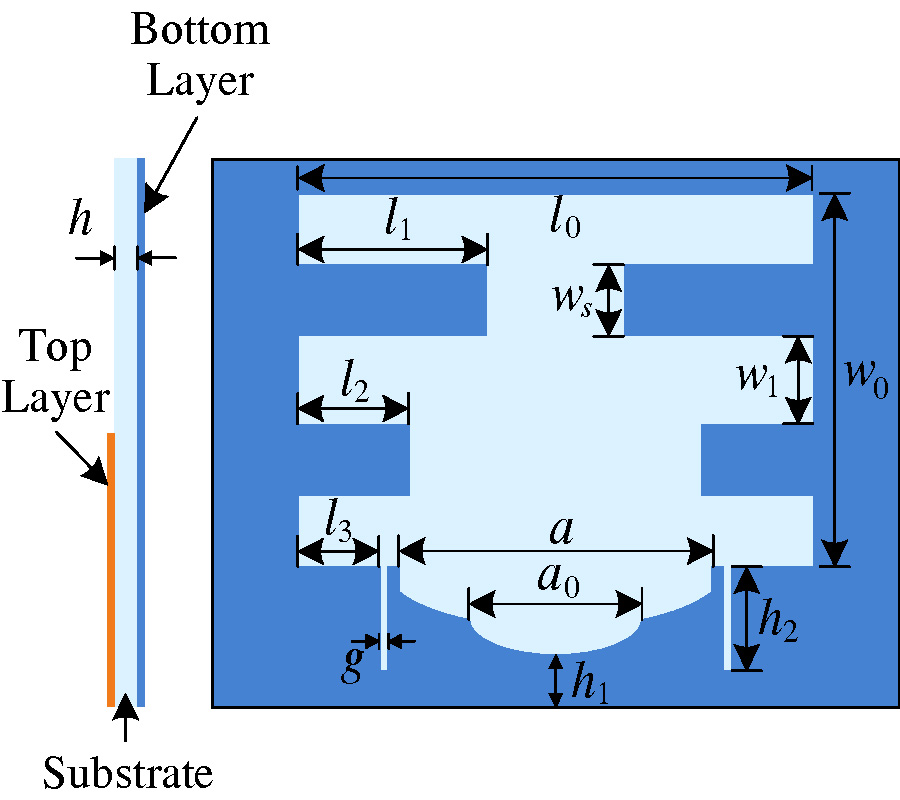Miniaturized Triple-Section Spiral Antenna with Improved Radiation
Guangyao Yang,
Shengbo Ye,
Yi-Cai Ji,
Xiaojuan Zhang and
Guangyou Fang
A triple-section arm structure is proposed for designing a planar spiral antenna. All three sections are designed by combining logarithmic, rooted, and sine equations. The slowly outstretched and contractive structure is innovatively realized. According to the radiation characteristics of the spiral antenna, each section corresponds to different in-band enhancement effects. Numerical simulation in the frequency domain and experiments using two different baluns are carried out. The results show that the novel spiral topology could simultaneously achieve improved axial ratio, low cross-polarized gain, and excellent impedance matching throughout the whole band. The axial ratio is reduced by 1.5 dB at mid frequencies and more at low frequencies, comparing the proposed arm with a sinusoid-added equiangular spiral arm. Without applying the resistive loading method, a lower cut-off frequency of 750 MHz is still realized both in impedance bandwidth and axial ratio bandwidth. The low cut-off frequency of the proposed arm is 30.2% lower than the conventional Equiangular spiral arm. Besides, the polarization isolation is significantly improved, especially at low frequencies. Therefore, the proposed miniaturized spiral arm structure could be a competitive form for designing spiral antennas.
